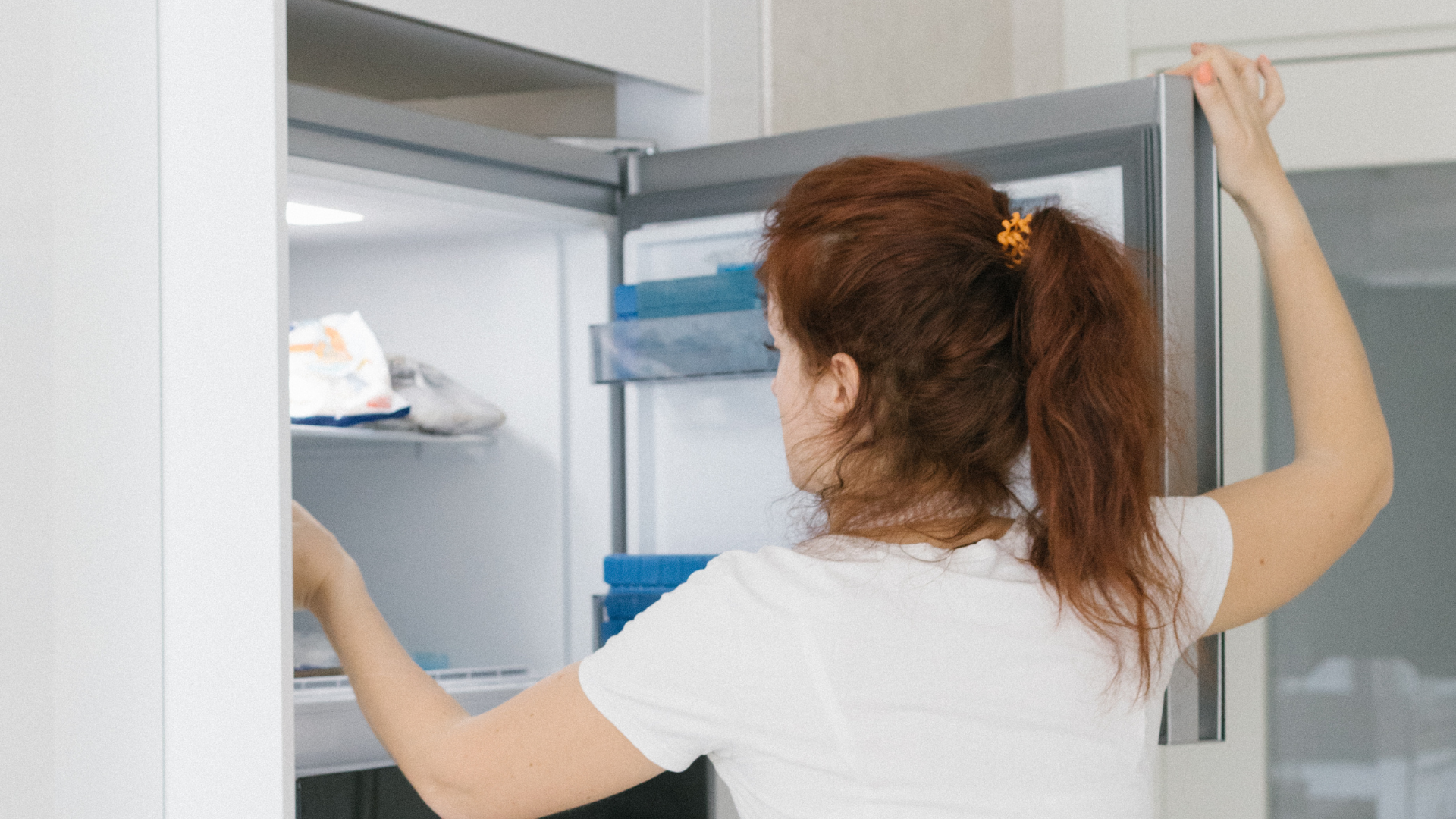Today, we’re diving into the world of food freezing. Freezing is highly beneficial on so many levels.
If you’ve ever wondered about what should and shouldn’t go into your freezer, you’re in for a treat, because we’re diving into the nitty-gritty of what should and shouldn’t make its way into your freezer.
Why Freezing Matters
Picture this: You’ve had a crazy day, the kids are hungry, and the last thing you want is to spend hours in the kitchen. That’s where the magic of freezing comes in. It’s like having a secret stash of ready-to-go meals that can save the day. But here’s the scoop – not everything is freezer-friendly. You want to make sure that when you defrost, you’re met with deliciousness, not disappointment. So, let’s dive into the 7 foods that you should give the cold shoulder when it comes to freezing.
1. Vegetables with a high water content
While most veggies can survive the freeze, the watery wonders like lettuce, cucumber, and radishes might not make the cut. Thawing them out could lead to a soggy disaster, so if you’re aiming to freeze your greens, opt for heartier options that can brave the cold without losing their crunch.
2. Fried foods
Craving those crispy fries or chicken tenders? Here’s the deal – fried foods tend to lose their crunchiness in the freezer. You’ll end up with a limp and less-than-satisfying snack. If you’re looking to preserve that delightful crunch, it’s best to enjoy fried goodies fresh from the fryer. Or else, freeze prepared but uncooked.
3. Eggs (read on!)
While eggs can be frozen, it’s best to crack them open and beat them before freezing. Whole eggs in their shells can expand and crack during freezing, and nobody wants to deal with an eggsplosion in their freezer! Never, ever freeze boiled eggs either. The whites will become rubbery and inedible. Omelettes, on the other hand, can be frozen.
4. Fish & seafood
Cooked fish and delicate seafood may not be freezer-friendly. Their texture can suffer, leading to a less-than-stellar meal after defrosting. In this case, I’d suggest you freeze raw. Fish and seafood cook fast enough! Although, if you include fish or seafood as an ingredient in a recipe (such as in a pie, or patties) – then by all means – go ahead and freeze!
5. Cooked pasta (in some forms)
While uncooked pasta is a pantry staple, cooked pasta doesn’t freeze gracefully. It can turn mushy when defrosted, leading to a less-than-satisfying plate of pasta. If you’ve got extra pasta, consider using it in salads or casseroles instead of freezing. You can however, freeze cooked pasta if it is baked, with a sauce. An example is to combine cooked macaroni with a bolognese sauce, and bake, then cool and freeze. This is what we call ‘mqarrun il-forn’ in Malta (literally means macaroni in the oven). This freezes excellently. You actually have a couple of options here: freeze the cooked pasta and sauce combined, in a dish (before going into the oven), or else you can freeze half baked, or fully baked (then you just need to reheat after defrosting).
6. Leafy greens
While we touched on veggies earlier, it’s worth noting that delicate leafy greens like spinach and arugula (rocket/rucola) don’t do well in the freezer either. Their high water content can lead to a soggy mess after thawing. If you’re a fan of greens, opt for heartier varieties or use them fresh.
So there you have it.
Your freezer is a magical tool, but not all foods are meant to be frozen. By steering clear of these freezer foes, you’ll be well on your way to creating meals that are not only delicious but also maintain their texture and taste. Happy cooking and freezing!
PS: If you’d love to embark on a freezing adventure (to save time, money, stress and amp up your healthy eating routine!), I think you’d be a perfect fit for The Dinner Plan! We batch cook one dinner a week inside our meal planning membership, and you get access to our FB group where you can ask away with alllll of your food-related questions, including freezing!
Doors are closed right now, but you can sign up to our waiting list here.







Leave a Comment